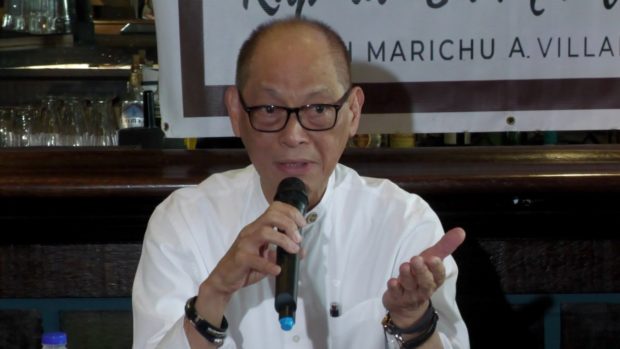The government raised $1.26 billion from its sale of retail dollar bonds (RDB), much higher than initially targeted after investors swarmed the offer.
Strong demand allowed the government to increase the RDB offer, Finance Secretary Benjamin Diokno said at a press conference on Friday.
The government was initially hoping to raise a minimum of $200 million from the sale of US dollar-denominated bonds targeted at individual investors. But Diokno said total orders for the debt paper hit $1.28 billion during the offer period, which ran from Sept. 7 to Oct. 6.
Asked why there were rejected orders, Erwin Sta. Ana, deputy treasurer at the Bureau of the Treasury, said the government was trying to minimize borrowing costs.
“Within the auction, we have a cut-off rate. The moment you cut it at that rate, there goes the corresponding volume also,” explained Sta. Ana, who joined Diokno in Friday’s press briefing.
First under Marcos
This is the country’s second RDB issue, but the first under the Marcos administration. In 2021, the Philippines was able to borrow $1.6 billion during its maiden RDB sale.
The issue date for the latest RDB is on Oct. 11. The bonds are payable every quarter until its maturity on April 11, 2029.
The government typically incurs debts to bridge its budget deficit, which is capped at P1.5 trillion in 2023 or 6.1 percent of gross domestic product. This year’s RDB sale came at a time of rising borrowing costs, as the Bangko Sentral ng Pilipinas turned hawkish to tame demand-side pressures that stoke inflation.
Local creditors
The Marcos administration is planning to borrow P2.207 trillion this year. Of that amount, P1.654 trillion will come from local creditors while the remaining P553.5 billion will be sourced offshore.
During their recent meetings with Philippine officials, representatives from the International Monetary Fund (IMF) proposed a “more ambitious revenue mobilization strategy” to cut government debt at a faster rate and raise more cash for social spending.
Diokno said the government’s “gradual fiscal consolidation” that is meant to bring debts, as a share of the economy, to below 60 percent was deemed “appropriate” by the IMF.
The finance chief also said the economy would likely perform better in the second half, adding that the government is working on addressing chronic underspending of some agencies. Data showed the economy grew 5.3 percent in the first half, which means the Philippines would have to grow by at least 6.6 percent in the second half to hit the low-end of the government’s 6 to 7 percent target for 2023.
“The second-half growth will be faster than the first half. Historically also, the fourth quarter is when most infrastructure projects are done,” he said. INQ
